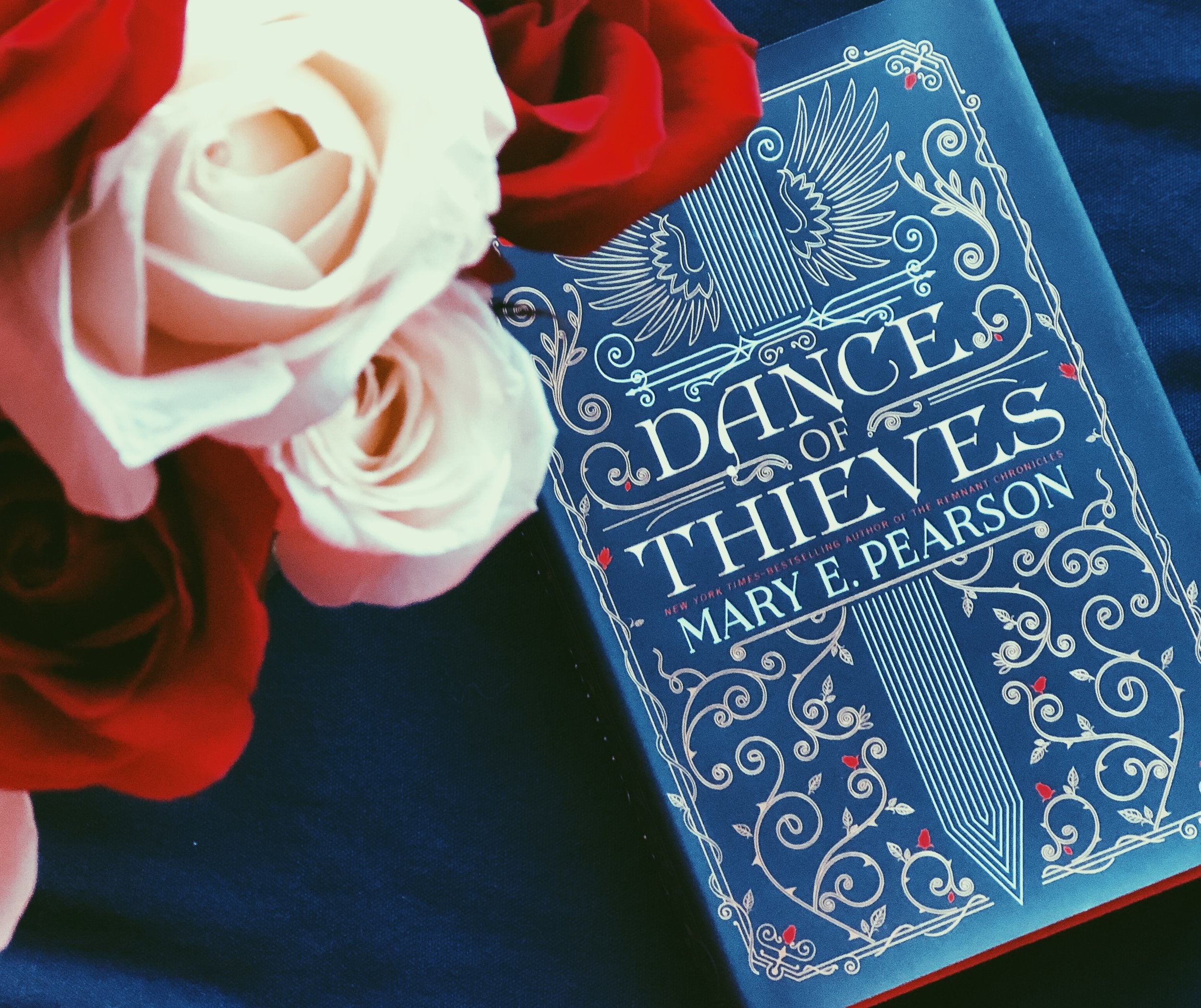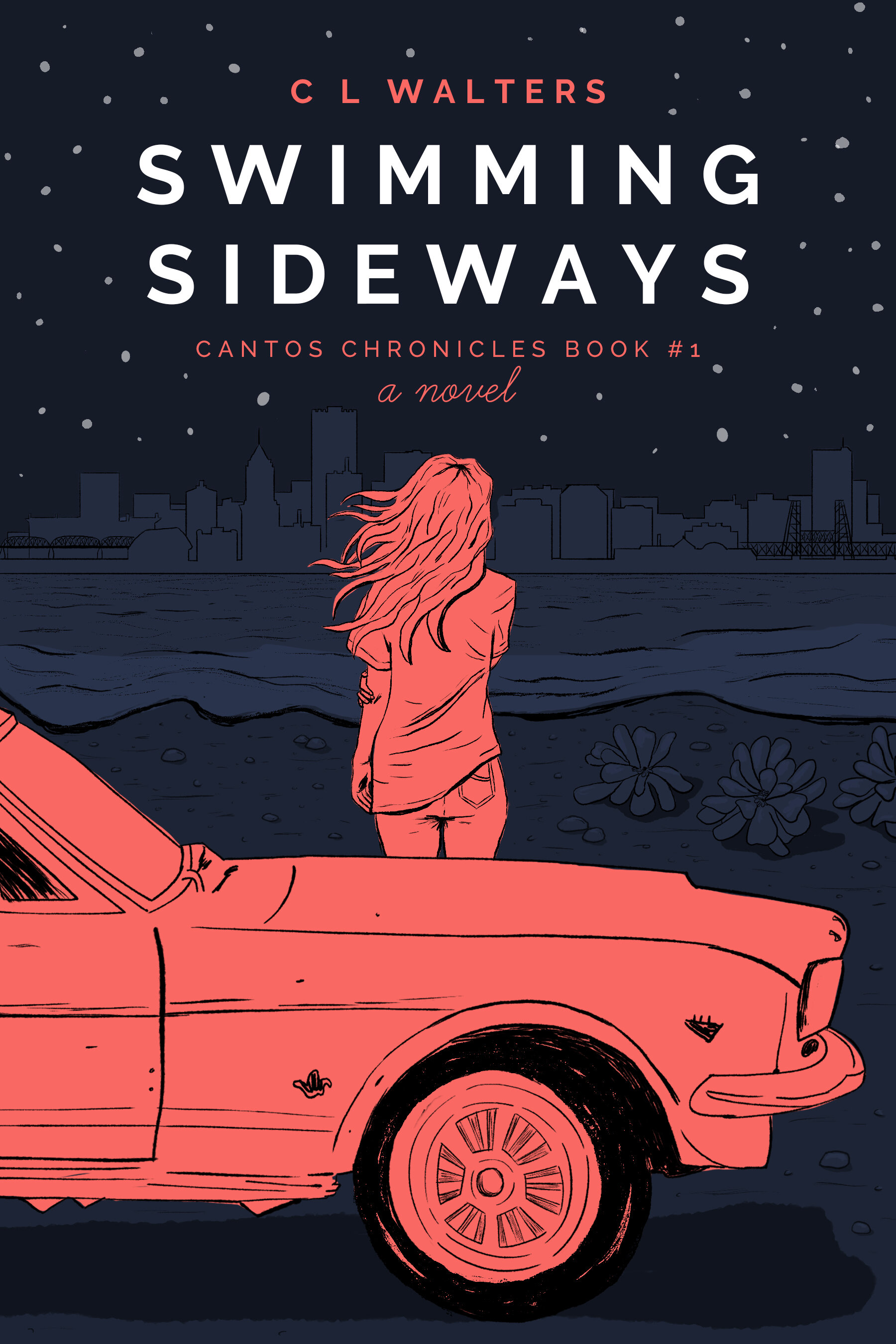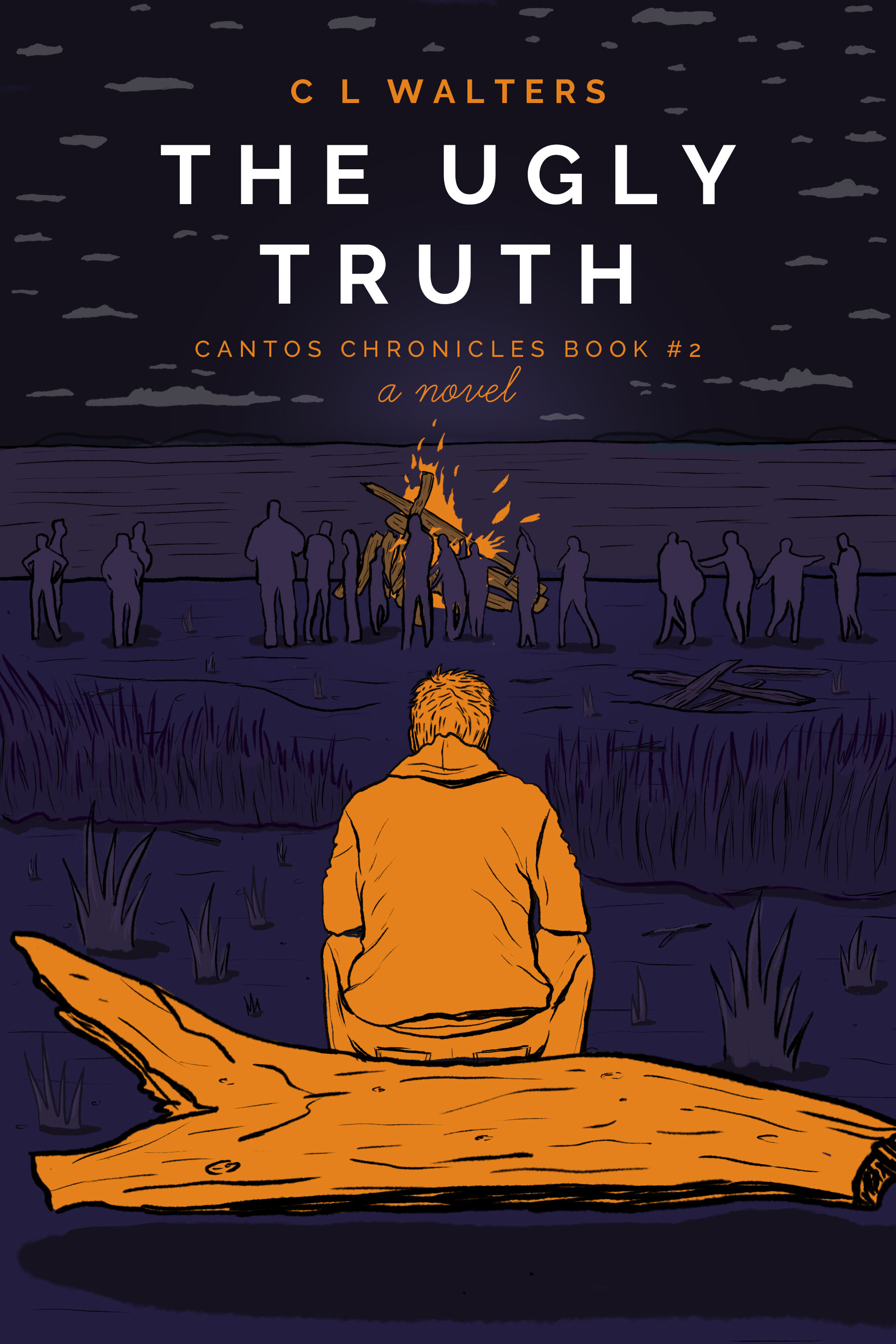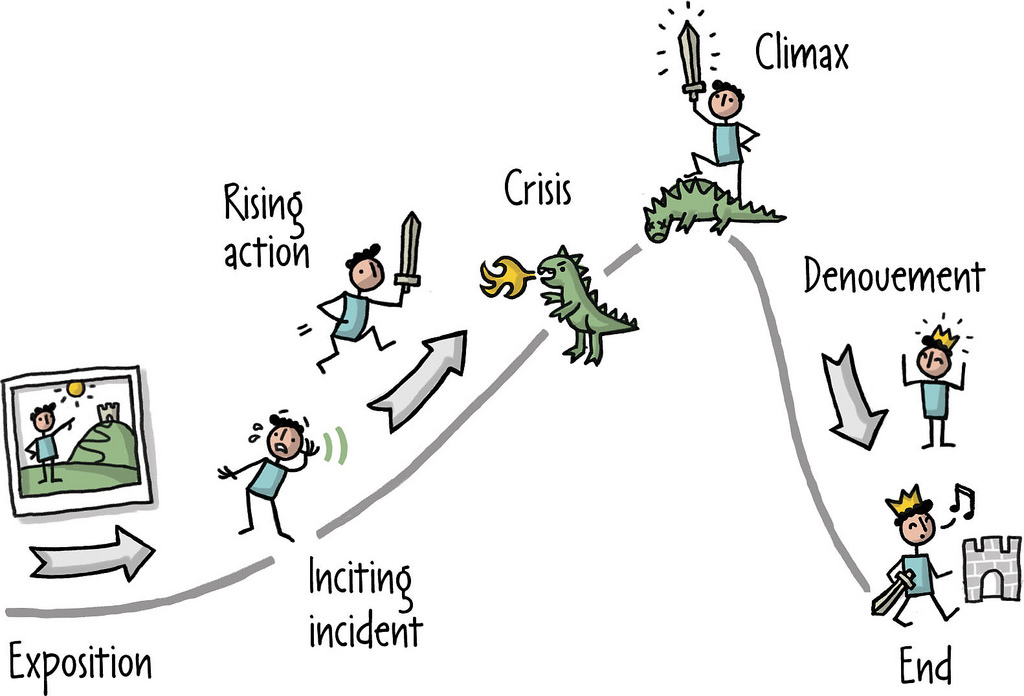It’s no secret. I’ve said it before: I do a lot of reading. King said it best, “If you want to be a writer you must do two things above all others: read a lot and write a lot. There’s no other way around these two things that I’m aware of, no shortcut,” (On Writing). Last year, I read fifty books and have made it through 22 books so far this year. I read, and I’ll read most anything, from romance to suspense, to YA and MG, to fantasy and contemporary, from fiction to nonfiction, reading is my lifeblood. While I like stand alone novels, I’m a sucker for a kickass series, and adore well written fantasy. Needless to say, I’m always on the lookout for a good book. Last year, on Instagram, a noticed a recommendation for The Kiss of Deception by Mary E. Pearson. Off to Amazon I went (because, unfortunately there aren’t any independent book stores near me). Labeled as a Young Adult fantasy with an intriguing blurb and an awesome looking cover, I was immediately intrigued. I took a chance, ordered the book.
Read it. Couldn’t put it down. Loved it so much I ordered the rest of the series before I’d finished the first book. I read the remainder of the series and adored it. Now, I would say Mary E. Pearson is one of my favorite authors.
Dance of Thieves is the first novel in a Duology. Vow of Thieves will be released August 2019.
I’m currently reading the first book in her new duology set in the same world of Remnant called Dance of Thieves. Halfway through and I’m in love with it . It’s one of those books that I know I’m reading it too quickly; I want to slow down to savor it but I can’t because I NEED TO KNOW NOW!
As a writer, here are five reasons I love Pearson’s writing and what I’m learning:
The perfection of economy. Pearson knows when to elaborate and when to keep it simple. She doesn't belabor points that aren’t purposeful to the whole of the narrative. Her world building is stellar. She takes us into the world and guides us through rather than dropping us in where we get lost in the details. She unfolds it bit by bit as though we live there, seeing it through the eyes of the characters who live it day in and day out. It isn’t overpowering, but it blooms like a flower - beautiful.
The chemistry she develops between her protagonists is heart thumping (and wistful sighing by me - the reader). She takes me on that emotional journey drawing out the romantic tension.
Her stories are action packed and page turning. The conflict and related tension is tight which makes me think just one more chapter. Then I’m still reading after three.
Her female characters are strong and defined - they are gorgeously human, independent and adept. Her male characters are strong and defined - they are gorgeously human, independent and adept. Both of them developed into complex people with triumphs but also with complex flaws.
The dialogue! I’m picky about dialogue and one of the biggest reasons I’ll close a book. When dialogue reads like I’m standing amidst two people having a conversation - magic. Pearson does this well. I love the way she uses dialogue to embody the conflict and additional characterization of her rich characters.
I could go on about regarding Pearson’s work, but I think maybe picking up her work and reading it for yourself is a better option. Are there author’s you adore because of how they write?
I read the Remnant Chronicles last year. So good. Here for Mary E. Pearson’s Amazon Author Page.




















